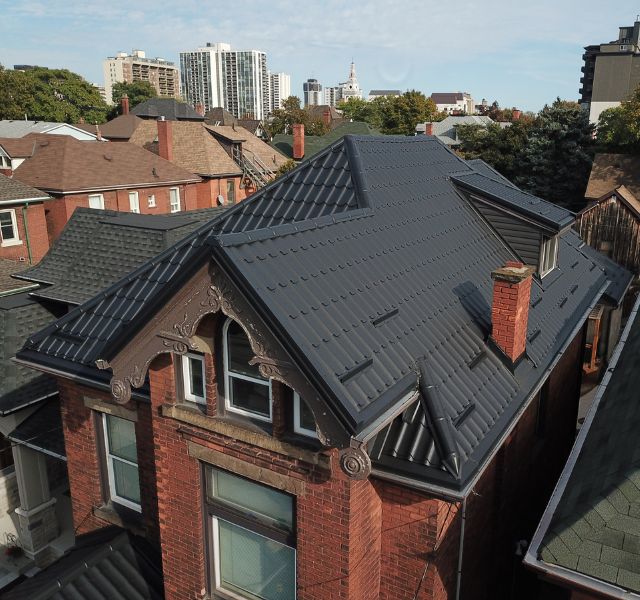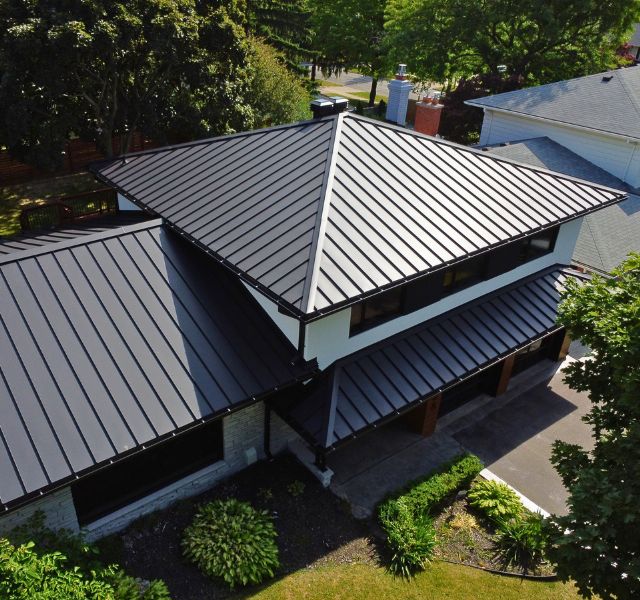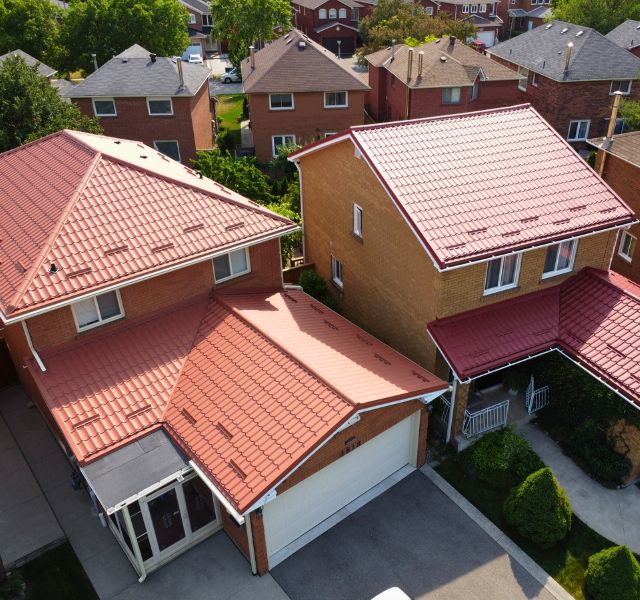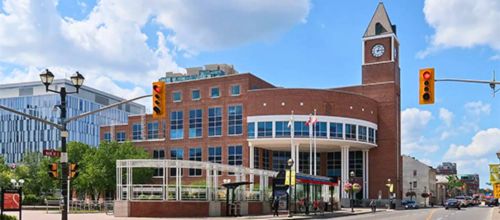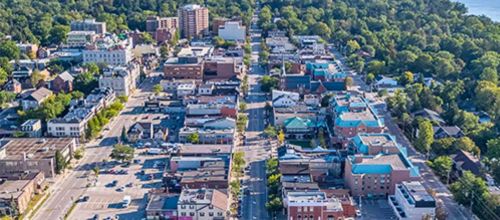Metal roof snow guards
Essential Metal Roofing Protection
Metal Roof Protection With S-5!®
Monarchy Roofing is proud to be the official distributor of S-5!® snow retention systems. Engineered for durability and performance, S-5!® snow guards offer unparalleled protection against snow and ice accumulation on metal roofs.
Designed to preserve the integrity of your roof while ensuring safety, these snow guards are the ideal solution for Canadian winters. Trust S-5!® for a secure, aesthetically pleasing, and long-lasting snow guard system that stands up to the harshest conditions.

Color Gard
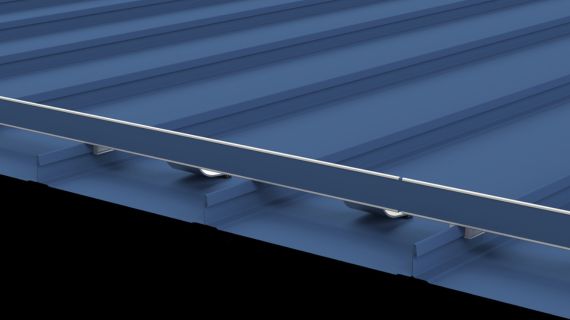
If you are looking for a sleek looking low-profile system, ColorGard offers perfect color and finish-matching for the life of the roof.
The system uses a strip of the same material as the roof to provide a seamless and engineered solution for reducing the hazards that come with rooftop avalanches.
Dual Gard
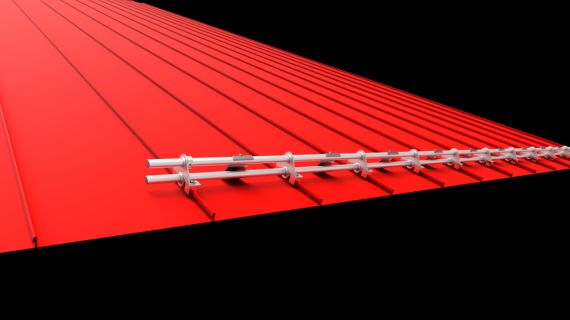
DualGard is a one-inch diameter, two-pipe system for standing seam and corrugated metal roofing. Two S-5! Mini clamps are used to attach this snow guard system to standing seam roofs.
If you are looking for a solution for corrugated roofing, DualGuard is also compatible. And you can powder coat or anodize your system to match the roof.
Versa Gard
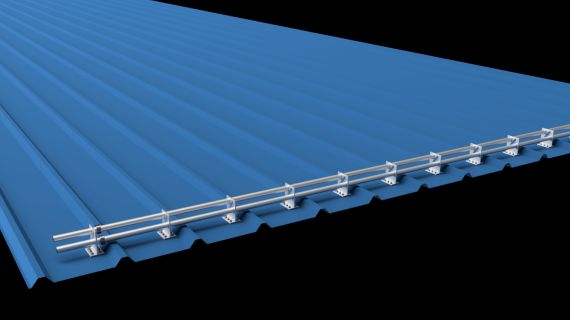
VersaGard system is a two-pipe system for use on trapezoidal, exposed-fastened metal roofing. It mounts in the flat of the panel into the roof or deck.
With factory-applied butyl sealant already in the base, the VersaGard bracket provides protection from cracking and UV degradation. The system can also be anodized or powder-coated to match the roof.
Color Gard

If you are looking for a sleek looking low-profile system, ColorGard offers perfect color and finish-matching for the life of the roof.
The system uses a strip of the same material as the roof to provide a seamless and engineered solution for reducing the hazards that come with rooftop avalanches.
Dual Gard

DualGard is a one-inch diameter, two-pipe system for standing seam and corrugated metal roofing. Two S-5! Mini clamps are used to attach this snow guard system to standing seam roofs.
If you are looking for a solution for corrugated roofing, DualGuard is also compatible. And you can powder coat or anodize your system to match the roof.
Versa Gard

VersaGard system is a two-pipe system for use on trapezoidal, exposed-fastened metal roofing. It mounts in the flat of the panel into the roof or deck.
With factory-applied butyl sealant already in the base, the VersaGard bracket provides protection from cracking and UV degradation. The system can also be anodized or powder-coated to match the roof.
Color Gard

If you are looking for a sleek looking low-profile system, ColorGard offers perfect color and finish-matching for the life of the roof.
The system uses a strip of the same material as the roof to provide a seamless and engineered solution for reducing the hazards that come with rooftop avalanches.
Dual Gard

DualGard is a one-inch diameter, two-pipe system for standing seam and corrugated metal roofing. Two S-5! Mini clamps are used to attach this snow guard system to standing seam roofs.
If you are looking for a solution for corrugated roofing, DualGuard is also compatible. And you can powder coat or anodize your system to match the roof.
Versa Gard

VersaGard system is a two-pipe system for use on trapezoidal, exposed-fastened metal roofing. It mounts in the flat of the panel into the roof or deck.
With factory-applied butyl sealant already in the base, the VersaGard bracket provides protection from cracking and UV degradation. The system can also be anodized or powder-coated to match the roof.
Powered by HomeStars
Secure Your Roof with Snow Guards
Guarding Against Snow Falls
When it comes to installing a metal roof, one of the important details will be the installation of steel roof snow guards. For the inhabitants of Canada, this issue is especially relevant because in almost all parts of it there is a huge level of snow in winter.
Metal roof snow guards protect the roof and everything around it from uncontrolled avalanches. They trap and cut the main layer of snow and ice on the roof. Installing snow guards on the metal roof of the house or garden suites will protect from falling huge pieces of snow.
Powered by HomeStars
Secure Your Roof with Snow Guards
Guarding Against Snow Falls
When it comes to installing a metal roof, one of the important details will be the installation of steel roof snow guards. For the inhabitants of Canada, this issue is especially relevant because in almost all parts of it there is a huge level of snow in winter.
Metal roof snow guards protect the roof and everything around it from uncontrolled avalanches. They trap and cut the main layer of snow and ice on the roof. Installing snow guards on the metal roof of the house or garden suites will protect from falling huge pieces of snow.
Reasons to Install Metal Roof Snow Guards
Protecting People Below the Roof
The most important reason why metal roof snow stops are recommended is for the safety of people. There is a possibility that at the moment of an avalanche from the roof, someone may be standing under it.
In an avalanche, huge layers of snow weighing hundreds of pounds can fall from the roof of a building. This huge mass of snow can cause serious or even fatal injury to a person. This is very dangerous therefore, it is strongly recommended to take care of the safety of those who live in the house. When it comes to tall industrial and public buildings, the installation of snow guards is a must. This protects all passers-by on the street.
Protect Property with Snow Stops
Similarly, the rapidly descending snow layer from the roof can damage everything outside the house. Just imagine what would happen to your car if a 500 pounds lump of snow and ice falls on it from the roof. At best, it will be subject to major repairs.
The same can happen with other elements of your yard. Installing metal roof snow stops will keep shrubs, landscape, and other equipment close to the roof intact.
Protecting Multi-Level Roofs
Among other things, even the roof itself can be damaged due to the lack of snow guards. Siding and gutters can be torn off under the pressure of the snow. When spring comes, repairing that damage can hit your budget seriously. Since many modern roofs are multi-level, sliding snow can easily damage the lower level of the roof. Although metal roofs are very strong, a massive avalanche can damage ventilation holes, bend sheets of cover and smash skylights.
Loss of roof integrity can destroy the inner layers of the coating, and the ingress of water will cause dampness in your home. This is very serious damage and fortunately, it does not happen often, nevertheless, it is worth understanding the possible risks of the absence of metal roof snow guards.
Reduce Yearly Maintenance Expenses
As we mentioned above, the presence of metal roof guards allows you to preserve the integrity of all its parts. Based on this, it is worthwhile to understand that this can have a positive effect on your budget. The absence of the need for seasonal maintenance and repairs can save you up to $2000 per year.
Smart Investment for Sellers
When selling a home, the presence of metal roof ice stops can increase its value. If you have a new snow protection system installed then this will be a great additional feature.
Correctly communicating information to the buyer will help you to increase the selling price of your home.
Professional installation company
Modern Metal Roof Snow Stops Solutions
Many companies produce protective equipment for roofs. Monarchy Roofing company provides the most modern types of fence-style metal roof guards Since the safety of our customers is important to our company, when installing steel roof snow stops, we guarantee their strength and reliability.
Provided metal roof ice guards are made of high-quality galvanized steel. This material is highly durable and corrosion-resistant. Also, a big plus of this material is the price-quality ratio. There are also options in aluminum, copper, and polycarbonate.
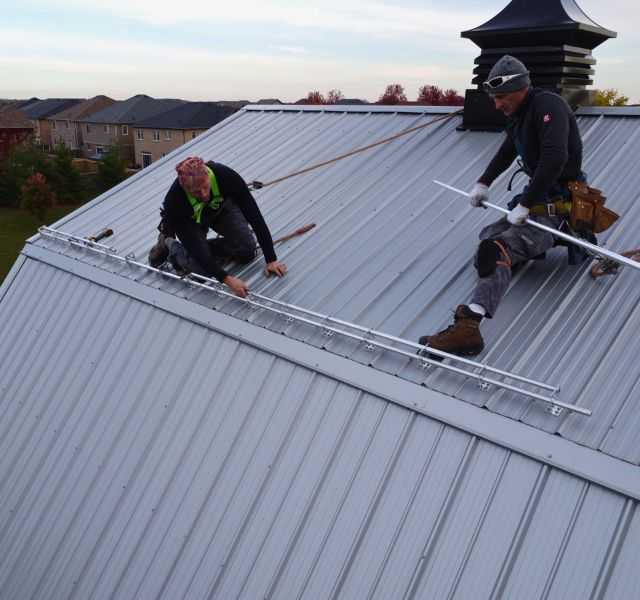
Professional installation company
Modern Snow Stops Solutions

Many companies produce protective equipment for roofs. Monarchy Roofing company provides the most modern types of fence-style metal roof guards Since the safety of our customers is important to our company, when installing snow guards, we guarantee their strength and reliability.
Provided metal roof ice guards are made of high-quality galvanized steel. This material is highly durable and corrosion-resistant. Also, a big plus of this material is the price-quality ratio. There are also options in aluminum, copper, and polycarbonate.
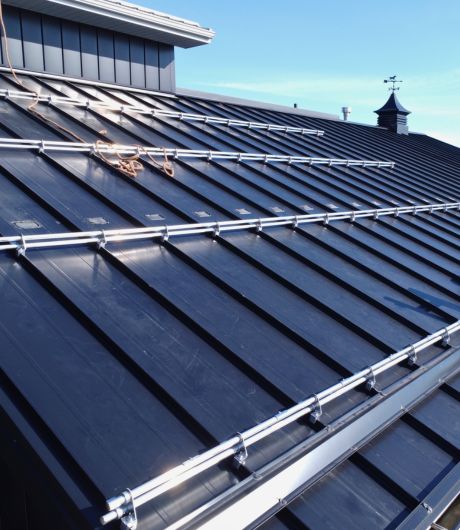
Ensuring Safety with Metal Roof Snow Guards
Snow guards can be installed on various types of metal roofs, including standing seam, flat, or metal shingles. However, the installation method may vary depending on the specific roof profile and material. It’s important to consult with a roofing professional or snow guard manufacturer to determine the most suitable snow guard system for your particular metal roof.
Mark Colson
Material Quality Manager
Aesthetic Snow Guard Solutions for Metal Roofs
Steel roof snow guards come in a variety of external designs and each serves unique purpose. Some resemble small projections of metal plates along the roof. Others take form of two tubes located one above the other. These options provide aesthetic integration with variety of roofing styles and ensure that functionality does not compromise visual appeal of the roof.
Sandra Casey
Design Consultant

Ensuring Safety with Snow Guards on Metal Roofs
Snow guards can be installed on various types of metal roofs, including standing seam, flat, or metal shingles. However, the installation method may vary depending on the specific roof profile and material. It’s important to consult with a roofing professional or snow guard manufacturer to determine the most suitable snow guard system for your particular metal roof.
Mark Colson
Material Quality Manager
Aesthetic Snow Guard Solutions for Metal Roofs
Snow guards come in a variety of external designs and each serves unique purpose. Some resemble small projections of metal plates along the roof. Others take form of two tubes located one above the other. These options provide aesthetic integration with variety of roofing styles and ensure that functionality does not compromise visual appeal of the roof.
Sandra Casey
Design Consultant
Frequently Asked Questions
Reviews
What to expect hiring us as metal roofers in Toronto.







